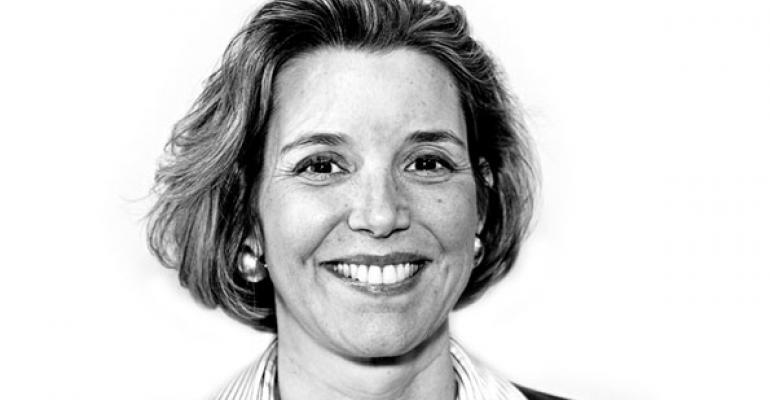Inspired by The Atlantic’s cover story last week, “Why Women Still Can’t Have It All,” Sallie Krawcheck, the former head of Bank of America’s wealth management business, penned an opinion piece in the Washington Post calling for more diversity among Wall Street’s executive ranks. The debate over women in the workplace, especially at the top levels, has even more importance for financial services, Krawcheck argues.
Her piece, “Can Women Save the Banks?,” even seems to imply that getting more women into seats of power might save the country from going into another downturn. Here’s why:
Study after study has shown women to be more risk-averse than men, across a range of activities, including the Wall Street businesses of investing and trading. Study after study has shown that women place greater emphasis on interpersonal relationships, and on nurturing them, than do men. And studies show that female managers are less focused on winning in the short term and are more long-term-oriented than their male counterparts.Do any of these sound like qualities the big banks could use more of?
As we’ve reported, “women’s initiatives” have been the advisory industry’s hot dot of late, whether that’s efforts to reach more women clients or recruit more women advisors. But Eileen O’Connor, vice president of wealth management at McLean Asset Management and co-author of the Women of Wealth study, believes some firms are going about it all wrong with their women’s initiatives, generalizing “women’s issues,” and treating women as a niche market.
According to one female advisor I spoke to, many broker/dealer firms are talking the talk without walking the walk. In other words, they don’t have many women in their executive ranks that female advisors can look up to, the advisor told me.
Krawcheck herself got booted out as head of Merrill, but she's since resurfaced as a board member for Gold Bullion International, an investment platform for precious metals assets. Krawcheck also agrees that when it comes to women executives in financial services, the ranks are thin:
The representation of women at the top levels of financial services has declined; today, one can count on one hand the number of women running operating businesses who report directly to the chief executives of the largest U.S. banks. At the large banks, women are well represented in the more long-term, client-oriented private banking businesses but substantially underrepresented in the more transactional, higher-risk trading businesses.Is the problem overt discrimination? During my time at Wall Street leadership tables, I witnessed untold numbers of promotions of senior executives. Never once did I see someone turned down for a job because of race or gender, but on more occasions than I can count, I saw the promotions of people who looked and talked and acted a lot like the person promoting them.
While women have the spotlight, it may be time to re-examine where the talent is coming from. As Krawcheck says, “One could also argue that emerging from the economic downturn with even more homogeneous management teams is a big fail.”

